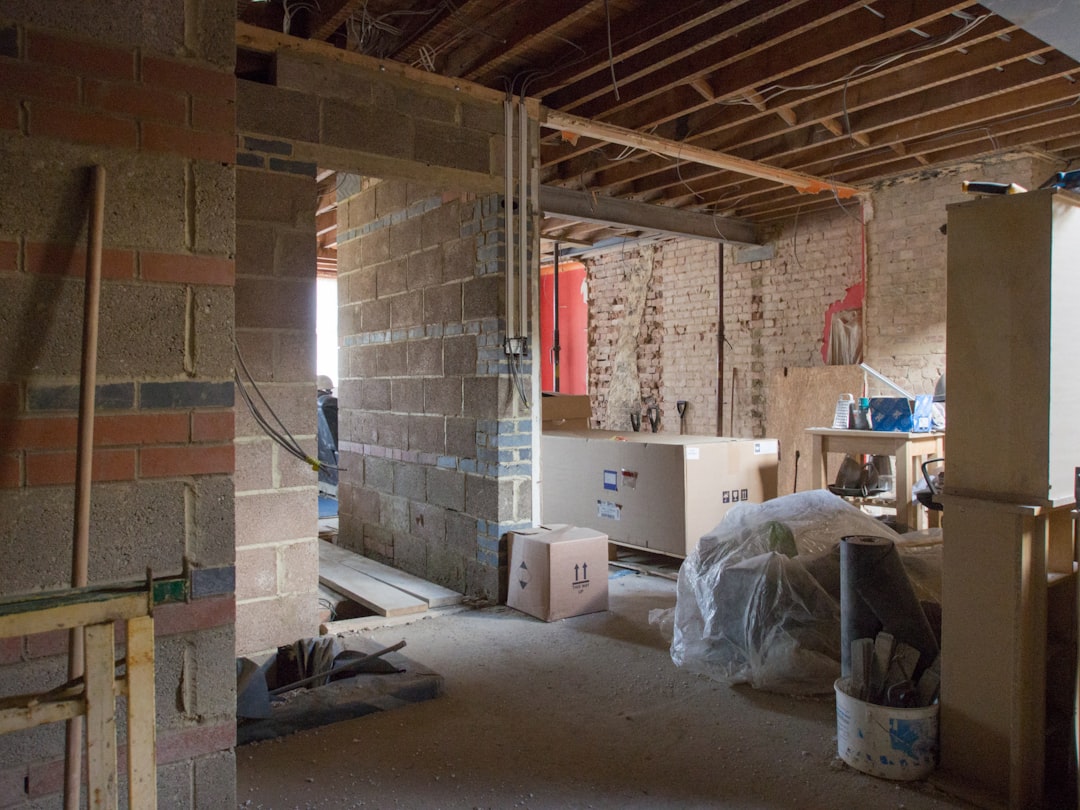
Understanding the cost of base moulding installation is crucial for construction professionals. Current rates range from $4.15 to $14.80 per linear foot, depending on material and finish. This guide provides detailed insights into cost factors and strategies to optimize your budget.
1. Material and Profile
Hardwoods like oak are more expensive than MDF. Complex profiles increase both material and labor costs.
2. Linear Footage and Complexity
Complex layouts with bay windows or curved walls increase labor time.
3. Finish Level
4. Site Conditions
Occupied homes require additional labor for cleanup and protection.
5. Geographic Pricing
Labor rates vary by location, with Denver averaging $68 per hour.
For a 2,400 sq ft home, expect costs between $1,450 and $6,600 based on finish selection.
DIY: Renting tools and buying materials can be cost-effective but time-consuming.
Professional: Guarantees quality and efficiency, often offsetting higher labor costs.
CountBricks offers transparent pricing and a network of licensed carpenters, ensuring accurate estimates and quality workmanship.
For tailored estimates, visit CountBricks.com or use our app for instant voice estimates.

The Martinez family saved 18% on their base moulding project by using CountBricks. Initial bids were high, but our AI-driven process identified cost-effective materials and optimized scheduling.
Explore options at CountBricks.com for accurate, AI-driven estimates.